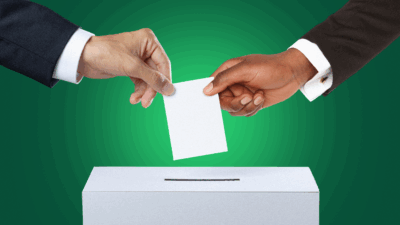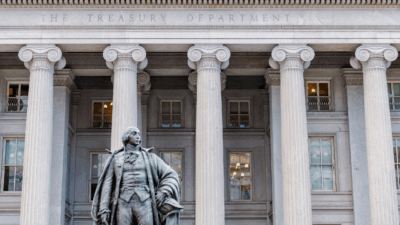
Sign up for smart news, insights, and analysis on the biggest financial stories of the day.
As part of its efforts to steward the economy through the Covid pandemic, the U.S. Federal Reserve has been on a bit of a spending spree.
The central bank is currently purchasing $80 billion in Treasury securities and $40 billion in mortgage securities every single month. But there’s growing support within the Fed to begin easing off the spending gas pedal, with officials now publicly saying they could begin tapering bond purchases as early as October.
Avoiding a Tantrum
The Fed’s asset purchases are designed to keep long-term interest rates down, in turn kickstarting borrowing and spending. But while that was a necessary response to the blunt economic shock of the pandemic last year, employment is now down to 5.4%, inflation is rising, and the economy is in rebound. It’s therefore no surprise officials have begun musing publicly about the right approach to tapering asset purchases, especially considering the Fed’s prior experience with the practice:
- The last time the Fed wound down a bond-buying program (in 2013), there was a massive bond market sell-off, dubbed the “taper tantrum.” Then-Fed Chair Ben Bernanke spooked markets when he mentioned a reduction in asset purchases to Congress. In an effort to avoid another tantrum, current Fed Chairman Jerome Powell has cautiously telegraphed for months that purchases eventually would slow in a gradual fashion.
- Other officials have followed suit, tacking on specifics. Dallas Fed Robert Kaplan supports winding down purchases of Treasuries by $10 billion and mortgage securities by $5 billion each month for eight months. St. Louis Fed President James Bullard is pushing for a more expedient timeline, arguing the Fed should cut twice those amounts per month beginning in October.
“These purchases are very well designed to stimulate demand, but we don’t have a demand problem,” Kaplan told The Wall Street Journal. “In the aftermath of the Great Recession, we did. So I don’t want to use the playbook from 2009 to 2013.”
A Little Patience: Not everyone is ready to taper. Fed governor Lael Brainard said she wants to see September hiring data before making any decisions. That data won’t be out until October, which would mean pushing the earliest tapering back to the Fed’s meeting on November 2.











